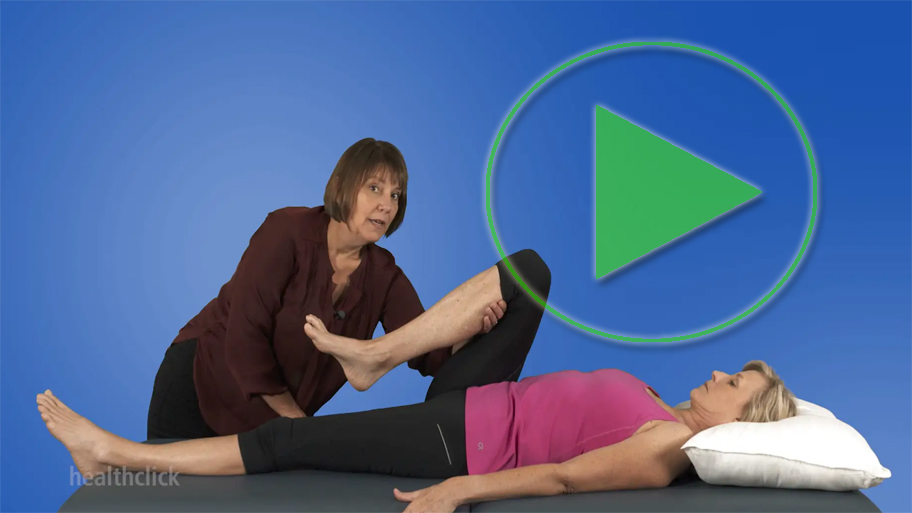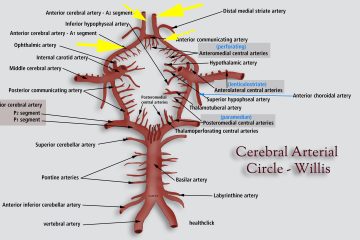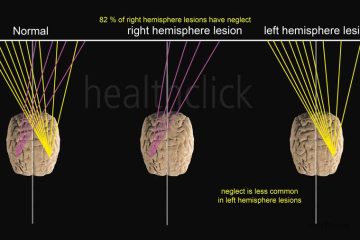Tone and the neurological patient
Understanding tone with neurological patients is an essential continuing education course topic for occupational and physical therapists. Tone management continuing education needs to be part of any neurological educational program.
Let’s say that you are working with a patient and notice an increase in their tone. Let’s say it is a patient, maybe a neurological patient, who has some spasticity. Some studies show that it is not inappropriate to do exercise with someone who was spastic, and in reality, it does not increase somebody’s spasticity by working exercise. And there is an idea out there that if you have a lot of tone you shouldn’t work hard. It would help if you looked at whether that tone resolves when you are done with your activity. If you get an increase in tone during an activity, but when you stop, they go back to their baseline or maybe even less tone, which is what you’re hoping for, then that is an appropriate activity to do. But if that patient is getting more and more spastic or more tone with what you are doing, you need to stop and reflect on whether what you are doing is appropriate and helpful for that patient. And one of the leading causes of a patient getting increased spasticity is that you are over-resisting. You are working them too hard. You’re working them past their capacity. They are trying to do what you are asking them to do, and they are pulling in what they can. So you might need to slow down your technique or the motion you are asking them to do. You are going to need to lighten up on your resistance so that you are going light, and then you can gradually add it back in again, watching that tone and deciding where is the appropriate place to add the resistance.
Watch the trailer and learn to master techniques for tone management in our new PNF continuing education course

As part of our tone management continuing education, we instruct that you do not want to be facilitating an increase in tone that stays there after an activity. And again, the primary reason is we’re too happy with our hands, and we may not feel like we are doing anything. Because I say, “Oh my goodness, it is because of your resistance,” and you say to me, “but I am not resisting. Look, I am not resisting”, the fact is it may not be what you are doing with your hands. It may be the fact that you’re not dynamic with your trunk or with your body. Remember, we have said several times that if you do not move and you are not dynamic with what you are doing, the patient perceives that as resistance, which could cause what’s happening.
https://www.ncbi.nlm.nih.gov/pmc/articles/PMC3858699/
So make sure you go back through all of those principles again — what is their position, what is my position, where do my hands need to be, and then really how much resistance am I giving them? — to make sure that I am not over-resisting them and creating more tone which is not what I want for that treatment.
Subscribe and Gain access to this course material – Healthclick Continuing Education Subscription
Preview all our online course for physical therapy continuing education and occupational therapy continuing education


